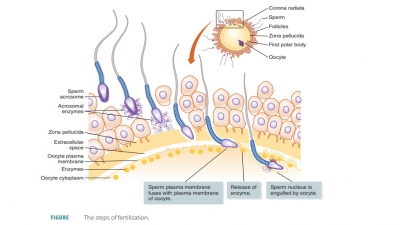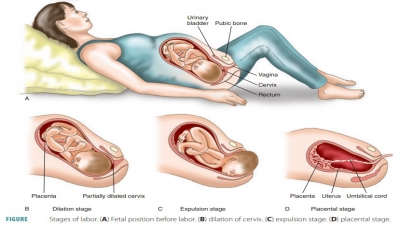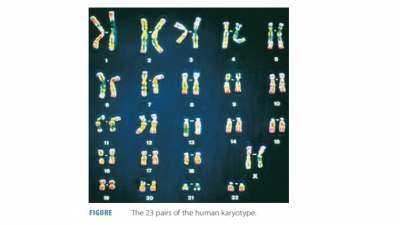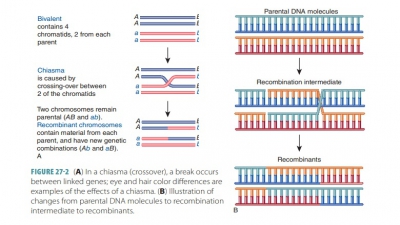Postnatal Development: Lactation
| Home | | Anatomy and Physiology | | Anatomy and Physiology Health Education (APHE) |Chapter: Anatomy and Physiology for Health Professionals: Pregnancy and Development
The mammary glands are continually stimulated during pregnancy.
Postnatal
Development
The mammary glands are continually stimulated during
pregnancy. Estrogens extend the ductile systems and deposit fat around them.
Progesterone stimulates the alveolar gland development, assisted by placental
lactogen. Breast size is normally doubled during pregnancy and the mammary
glands become capable of secreting milk. However, milk production is
temporarily inhibited by placental progesterone and lactogen.
Lactation
After childbirth, placental hormones decline rap-idly in the
mother’s blood. Prolactin stimulates the mammary glands to secrete milk, but
before this, a watery fluid called colostrum is
secreted. Colos-trum contains more protein but less carbohydrates and fat than
milk. It contains antibodies that pro-tect the newborn from various infections.
Milk becomes available to the infant through the milk let-down reflex, which continues to function until the infant is weaned, usually between one and two years after birth.
The ejection of milk requires specialized myoep-ithelial
cells around the alveolar glands to contract. Stimulation of the nipple or
areola elicits the reflex action that controls milk ejection. Oxytocin is
released and the cells contract within 30 seconds of stimulation. As long as
milk is ejected from the breasts, prolactin and oxytocin release continues and
milk is continually produced. If milk is not removed from the breasts
reg-ularly, the mammary glands are signaled to stop pro-ducing milk. Human milk
is the best possible food for human babies, containing exactly the right
balance of required nutrients.
The Neonatal Period, Infancy, and Childhood
The neonatal
period begins at birth, extending to the end of the first four
weeks. Newborns must quickly adapt to respiration, digestion, excretion, and
regulation of body temperature. The first breath of a newborn must be forceful
enough to begin to expand the lungs, which eases breathing. Their lungs are
col-lapsed initially and the tiny airways are very resistant to air movement.
Surface tension tends to hold the moist membranes of the lungs together.
Secretion of surfactant occurs, reducing surface tension.
A newborn’s liver is unable to supply enough ini-tial
glucose to support metabolism, so stored fat is used for energy. Their kidneys
excrete a dilute fluid because they cannot yet process concentrated urine.
Newborns often become dehydrated as a result and develop a water and
electrolyte imbalance. Their temperature-regulating system may also not be
normally functional.
After birth, the umbilical vessels constrict, with the
umbilical arteries closing first. If not clamped or severed for a minute or
more, blood continues to flow from the placenta to the newborn through the
umbilical vein. The foramen ovale closes due to blood pressure changes as fetal
vessels constrict. Blood pressure in the right atrium falls. Resistance to
blood flow through the pulmonary circuit decreases and blood pressure in the
left atrium increases (FIGURE
26-16).
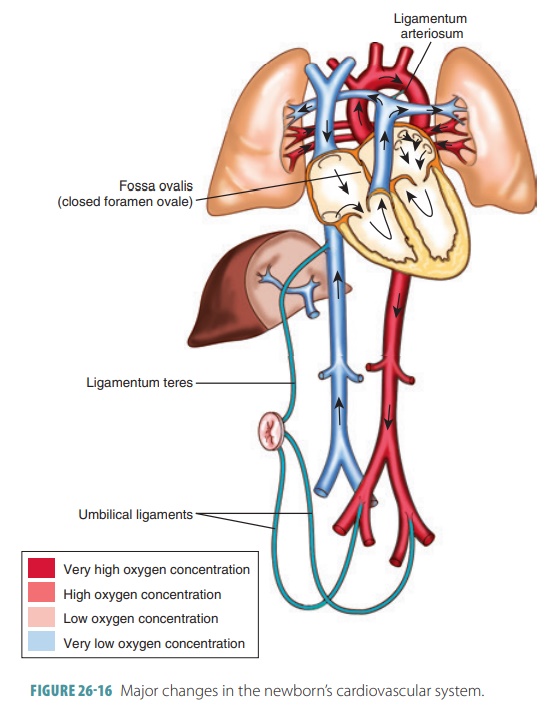
The valve on the left side of the atrial septum closes the
foramen ovale. It gradually fuses with the tissues along the margin of the
foramen. Adults have a depression called the fossa ovalis marking the site of the previous opening. The ductus
arteriosus also con-stricts after birth, and blood can no longer bypass the
lungs by moving from the pulmonary trunk into the aorta. Constriction of the
ductus arteriosus may be complete within 15 minutes, but permanent closure of
the foramen ovale may take up to one year. Within four months after birth, most
of the circulating hemo-globin has become of the adult type.
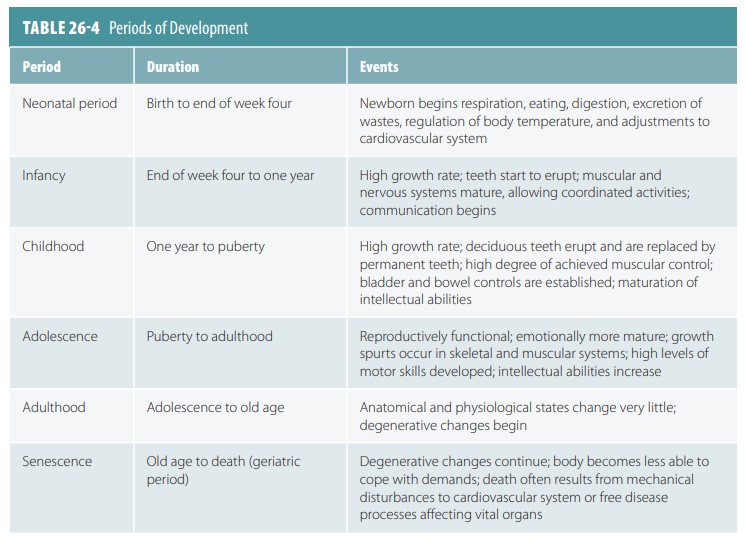
Environmental factors may affect inherited traits and
conditions. These factors include nutrition, exposure to toxins or pathogens,
and physical activity. Environmental factors hold great importance for
polygenic traits, which are those determined by more than one gene such as
height, skin color, and intelligence. TABLE 26-4 summarizes major events during the neonatal period and
later life, TABLE
26-5 explains changes related to aging, and TABLE 26-6 lists normal physical growth for
females and males during childhood.
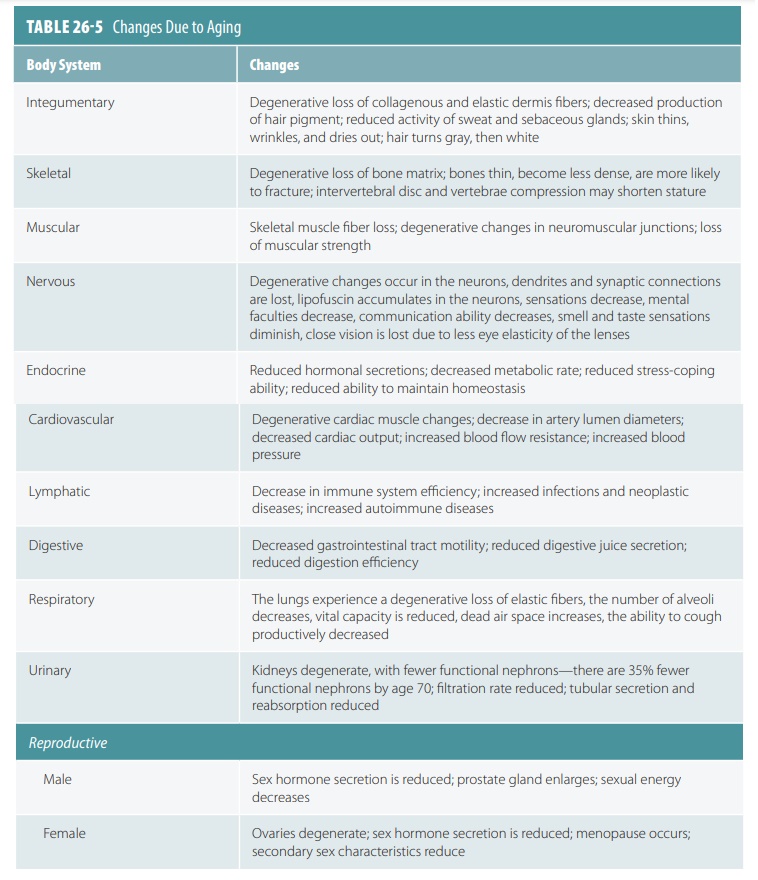
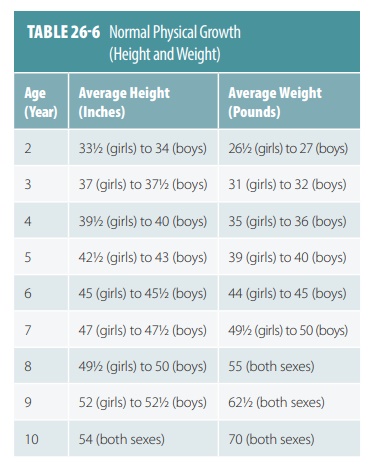
1. Explain
the hormones involved in milk production and secretion.
2. How
long does the neonatal period last?
3.
Describe the major events that occur in the neonatal period.

